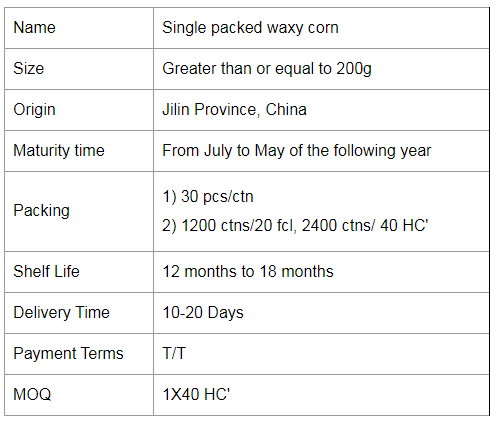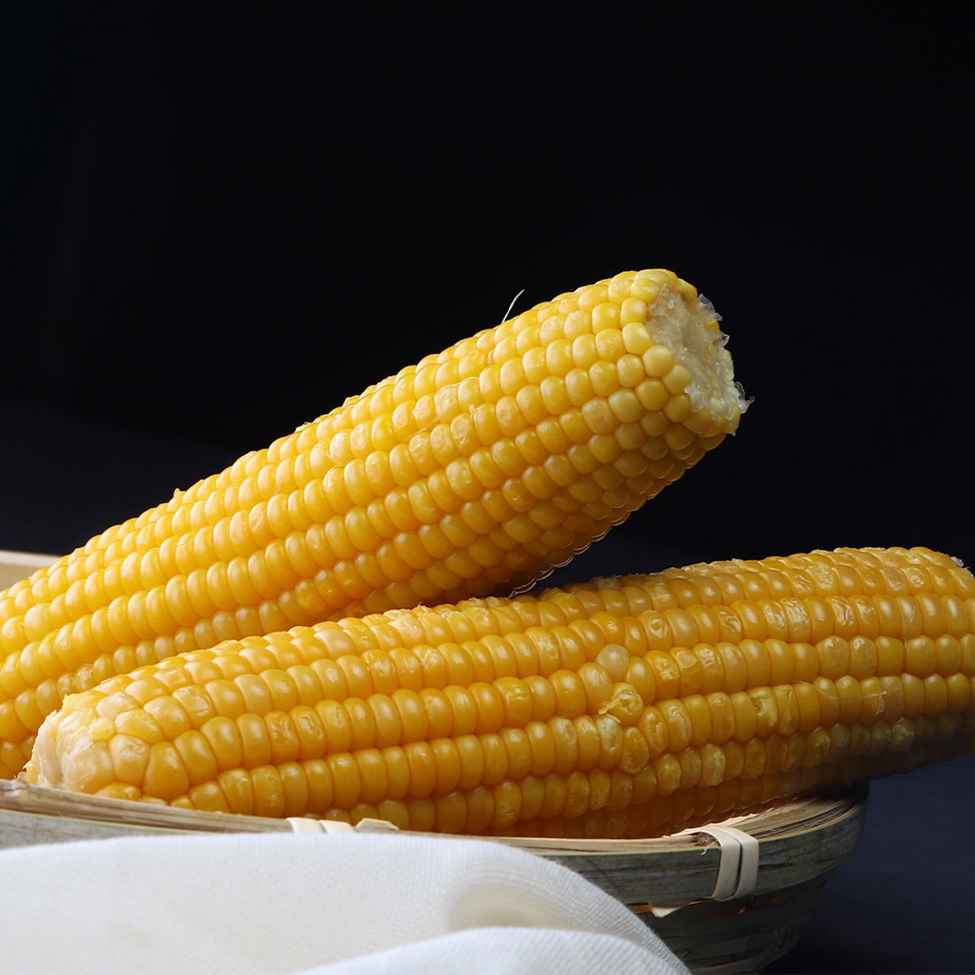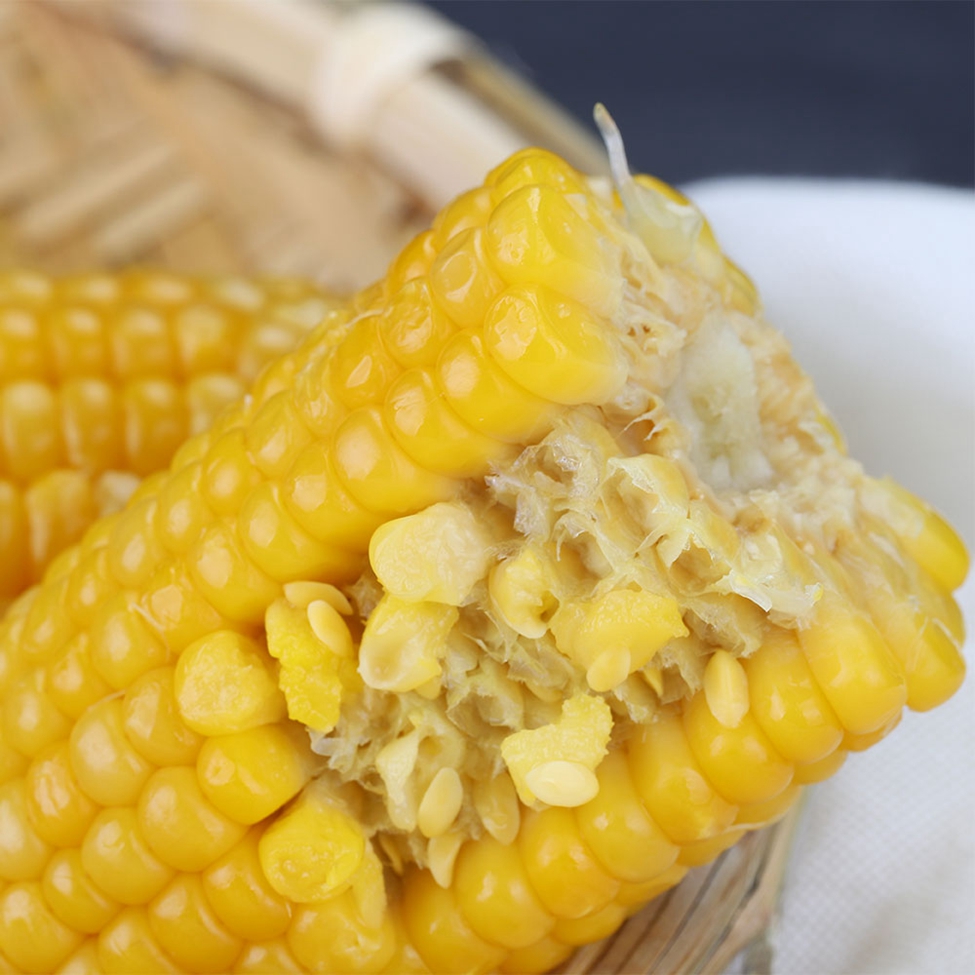Strengthen Spring Wheat Diseases and Pest Control
The turning of wheat to the jointing stage is the peak of another spread of viral diseases such as root disease, sheath blight, and root rot disease, and dwarfism and yellow dwarf disease. This period is the period when wheat spiders, underground pests and weeds are in danger. It is a key link in the comprehensive prevention and control of wheat diseases and pests.
The key technology for the prevention and control of wheat sheath blight is mixed and sprayed, that is, seed dressing and spraying in the green period. The spraying control of wheat sheath blight at returning to the green season is often regarded with contempt, and the prevention and treatment time is late, which is the main reason for poor control efficacy. Therefore, we must grasp the appropriate period of prevention and control, the use of drugs on the road to prevent and control, rational use of pesticides and fungicides mixed application technology.
The main pest control indicators for wheat turning green to jointing stage are sheath blight disease rate of 15% to 20%, underground pests 3% for wheat seedlings, wheat spiders for 600 per rice. Prevention of sheath blight can be used 5% Jinggangmycin 150-200 ml per mu water 75 to 100 kg sprayed wheat stem base prevention, spray 10 to 15 days intervals; control of underground pests available 40% methyl isofluosal or 50 % Phoxim 40-50 ml per acre buckwheat stalk base; control wheat spider can be used 73% chlorite EC 1500-2000 times spray control.
The ear stage of wheat is the concentration and occurrence of many kinds of pests, such as wheat aphid, aphid, midge, powdery mildew, stripe rust, leaf rust, leaf blight, head blight, and blight, etc. The biggest, the most serious harm. Wheat ear stage is the period when wheat finally forms yield. Therefore, wheat ear stage is the last link and the most important period for the integrated prevention and control of wheat diseases, weeds and weeds. Only when the prevention of pests and diseases can be done well, can we ensure the high quality and high yield of wheat.
Use natural enemies to control wintering and early spring breeding of wheat fields in wheat fields. Protecting the natural enemies of wheat fields is not only beneficial to the control of wheat pests, but also the main source of natural enemies of post-crop crops, and should be protected and utilized.
Chemical control should be based on wheat disease and pest control indicators, seize control period.
(1) The main pest control indicators in the wheat ear stage are: 500 for wheat aphids, 25 for each generation of stickworms, 5 for each sample (10 cm, 10 cm, 20 cm), and adult period From 10 to 25, the rate of diseased leaves was 2% to 5% for leaf rust, 5% to 10% for leaf rust, and 10% for powdery mildew.
2 dosages and methods of use: control of wheat bran can be used to 2.5% of the enemy killed EC 10-15 ml per acre or 50 mussible mist spray WP 8 to 10 grams per mu; control generation of 50% phoxim can be used Emulsion 50 ~ 75 ml spray control; Prevention of rust, powdery mildew can be used 25% Baolitong WP 30 grams per mu or 40% Triadimefon 50-75 ml per acre spray control; Prevention of head blight, leaf blight and Ying Blight can be controlled by 50% carbendazim wettable powder 75-100 g/mu.
(3) Single insecticides should be weighed and others should be treated lightly to prevent waste and pesticide contamination.
(4) Prevention of wheat head blight and blast blight should be based on prevention. In case of overcast weather, spray prevention should be performed after wheat is raised. Wheat midge control is suitable for the flood season in mid-late April. Control should be carried out at the right time in the flood season to improve the control effect. It can use 40% methylisothiphos EC 150 to 200 ml for fine sand or fine sand 30-40 Kilograms shall be applied to the ground and the squat shall be applied. After the application, the watering effect will be better; if the puerperium fails to control, the control of the adult insect pests of the pupa pests can be used for 70% of the wheat in the field, and 50% phoxim EC 50 to 75 ml is sprayed. Prevention.
Single Packed Yellow Waxy Corn Cob
For the most common waxy and sweet corn on the market, waxy corn has a higher nutrient content than regular corn, containing 70-75% starch (and almost all straight-chain starch), more than 10% protein, 4-5% fat and 2% multivitamins, with more grains, VA, VB1 and VB2 in protein than rice, with the highest fat and VB2 content. Yellow maize also contains carotenoids, such as rice and wheat. The molecular weight of waxy maize starch is more than 10 times smaller than that of ordinary maize, and the starch makes glutinous rice sticky and soft, softer than ordinary hard maize. It is more than 20% more digestible to eat than regular maize and it is suitable for people with less than perfect teeth. At the same time, it is not suitable for diabetics because of the very high content of straight-chain starch (a polysaccharide).
Waxy maize is also known as sticky maize. The grain has coarse, waxy endosperm, similar to shiny, glassy (clear) grains such as hard and dent maize. Its chemical and physical characteristics are controlled by a recessive gene, which is located on chromosome 9. 100% of the starch in the endosperm is straight-chain starch.



If you have any further questions about our products, please do not hesitate to contact us.
Waxy Corn Cob,Yellow Glutinous Corn,Yellow Waxy Corn Cob,Single Packed Yellow Waxy Corn Cob
Jilin Province Argricultural Sister-in-law Food Co., Ltd. , https://www.nongsaocorn.com